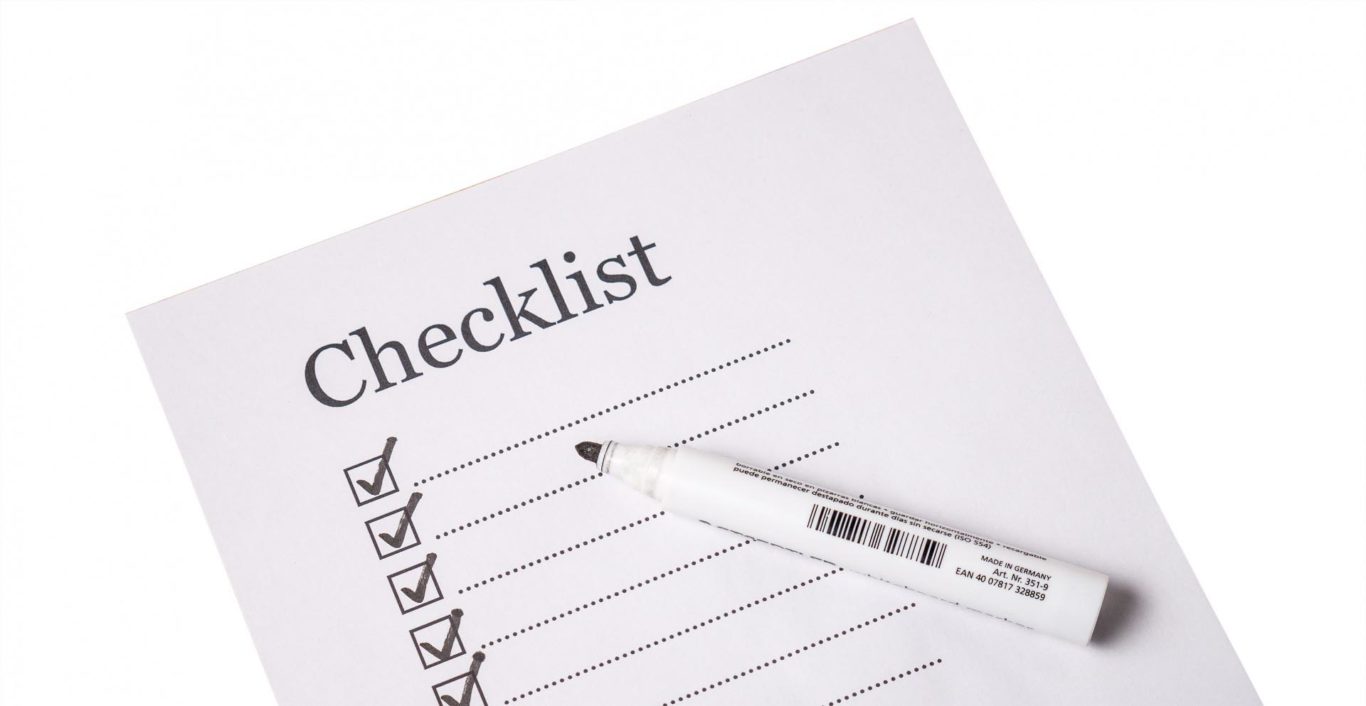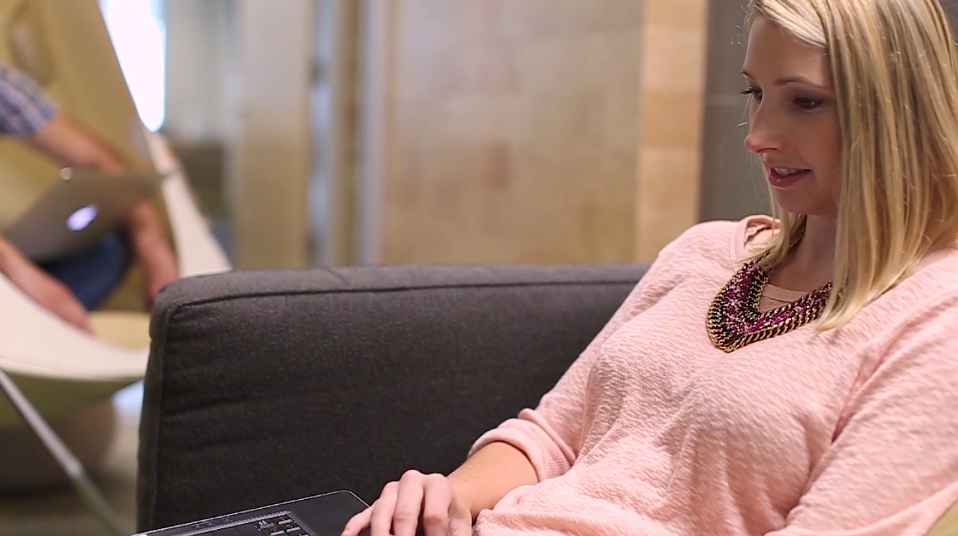Creating a shot list for a photo shoot is one preventative measure to alleviate the pressures photo shoots can bring . Professional photographers and amateurs alike, planning and setting up for a shoot can be daunting. You need to make sure you have the right equipment, lighting, and all the supplies required to capture the perfect shot. Adding a shot list to your preplan can help any photo shoot run more smoothly.
What is a Shot List?
A shot list is simply a checklist of the individual shots that you need or want to take. It helps photographers be efficient with their time and with clients’ money. Having a prepared shot list can prevent costly reshoots and save both parties a lot of trouble. A shot list also serves as a plan that you can coordinate with your clients to ensure you are capturing all the shots they want. With a well thought out shot list you can deliver your message in a short amount of time.
A shot list can be made up of a brief description of a shot and can include rough sketches of the photos you want to take. Think of the checklist as a guideline – you can always go off book – but it’s a great way to ensure you don’t forget one or more photos that you needed from a shoot. Taking the time to plan your shot list will save a lot of stress and chaos when it’s time to shoot.
Shot List Basics
Your shot list can come in whatever form works best for you but keep in mind different clients may want a different format. Keep a shot list that is easily modifiable. The list can be as broad or as specific as you want it to be. It can even include notes on what camera angles and settings you’ll need to create the right shot. One good option is to break up your shot list into categories like “Must Haves, Details, and Extras.”
The kinds of shots that go into each category will vary from shoot to shoot, but it can be incredibly helpful to make sure you have a checklist to keep your priorities aligned with your goals and with the client’s wants and needs. However, most shots will likely include some combination of the following:
- The “must have” list would include your top priority shots – ones that you know you need to capture. The detail shots would be smaller details related to your overall shot, ones that will help flesh out the story of your shoot but won’t ruin your day if you miss one. The extras are simply that – shots that you’d like to get if conditions permit and/or if you have extra time after capturing the first two categories.
- Detail Shots: Like the name implies, detail shots are shots that capture small details of an event, person, or product. These might be shots of the invitation and rings at a wedding, shots of the tennis shoes a model is wearing in an exercise shoot. These shots are a great touch when it comes to capturing specific characteristics or items.
- Close-Ups: A close-up shot tightly frames a person or object and is a standard shot in almost every shoot. They focus on the subject rather than the background and are great for product photography and portraits alike.
- Wide Shots: Unlike a close-up, wide shots (or full shots) show an entire person or object as well as the surroundings to provide context. These shots can be used to show a product in a space where it would be used to provide context.
Other Shots To Keep In Mind
There are other shots you may want to include depending on whether you are shooting an event, a model, or a product. Whatever your task, a shot list helps you lay out your shoot and plan accordingly.
- Posed Shots: For portraits and events, many shots will be posed. Having a shot list can help you remember which poses to capture and where to position your subject to obtain the right photos.
- Candid Shots: Candid shots are a great way to capture lifelike photos. In a candid photo, the subject is unaware that the photo is being captured, which results in a very natural feel. For events, you can make notes about some candid shots you want to capture, although they will naturally not be quite as planned.
Takeaways
Photoshoots can be hectic – setting up equipment, working with models and clients, dealing with weather and other conditions. It’s easy for even a seasoned photographer to forget a shot they needed to tie their whole story together. When that happens, it can cost both time and money to reshoot. Making a shot list prevents the hassle of do-overs and provides the opportunity to map out your shot.
A shot list can also serve as an excellent guideline for communicating with a client to ensure you are both on the same page and that a critical shot is not left out. Rather than taking away the freedom of a shoot, the basic organization of a shot list helps photographers manage their shoots and capture the best shots.
Do you create a shot list before each shoot? Comment below some of the details you make sure and include on your shot list.




